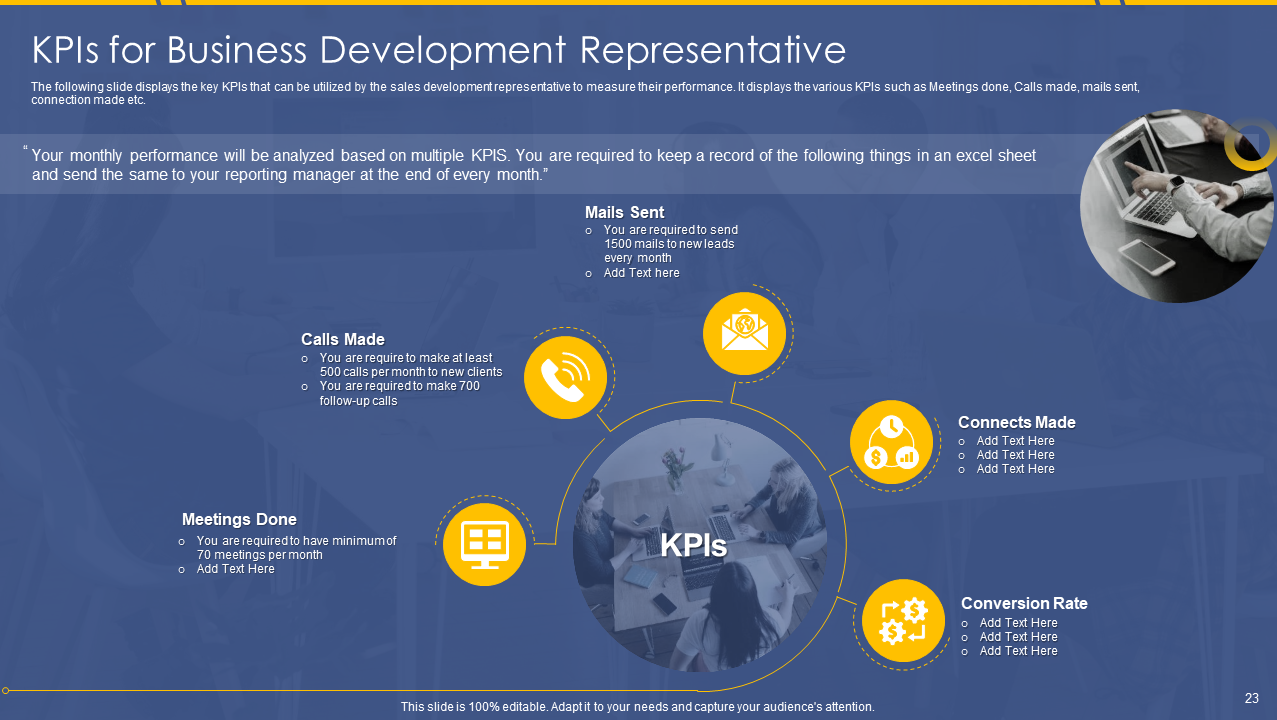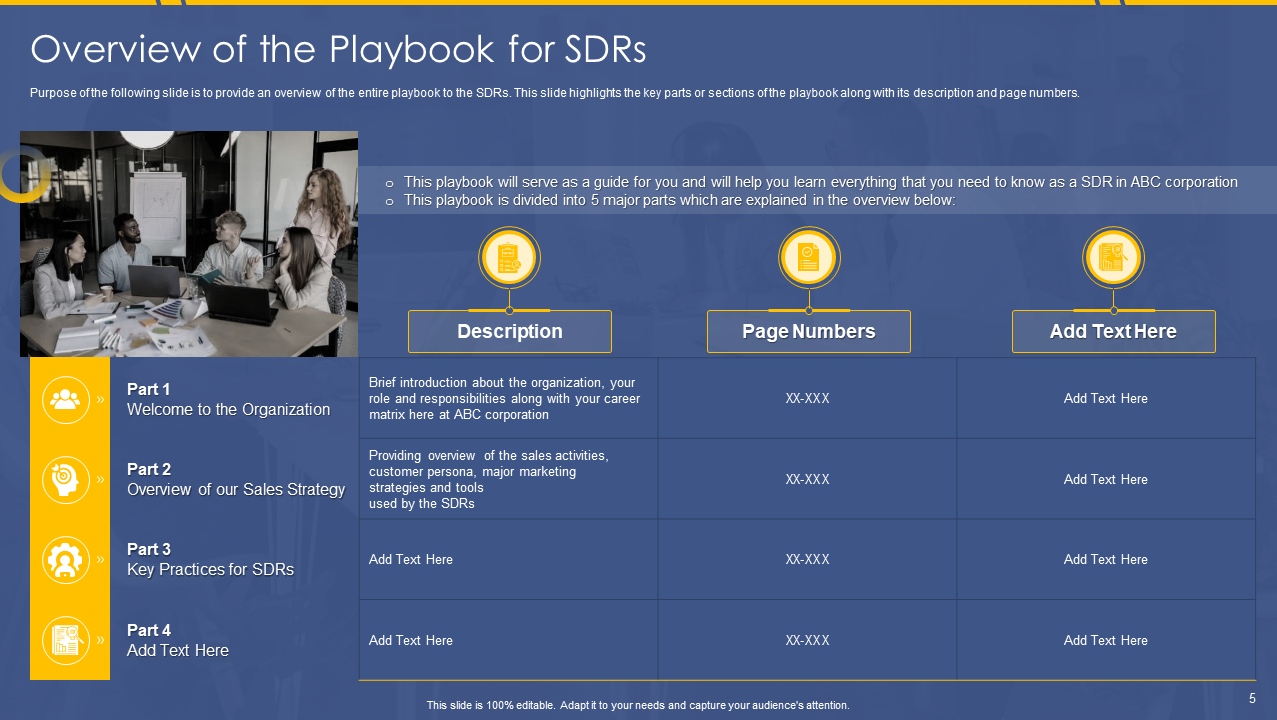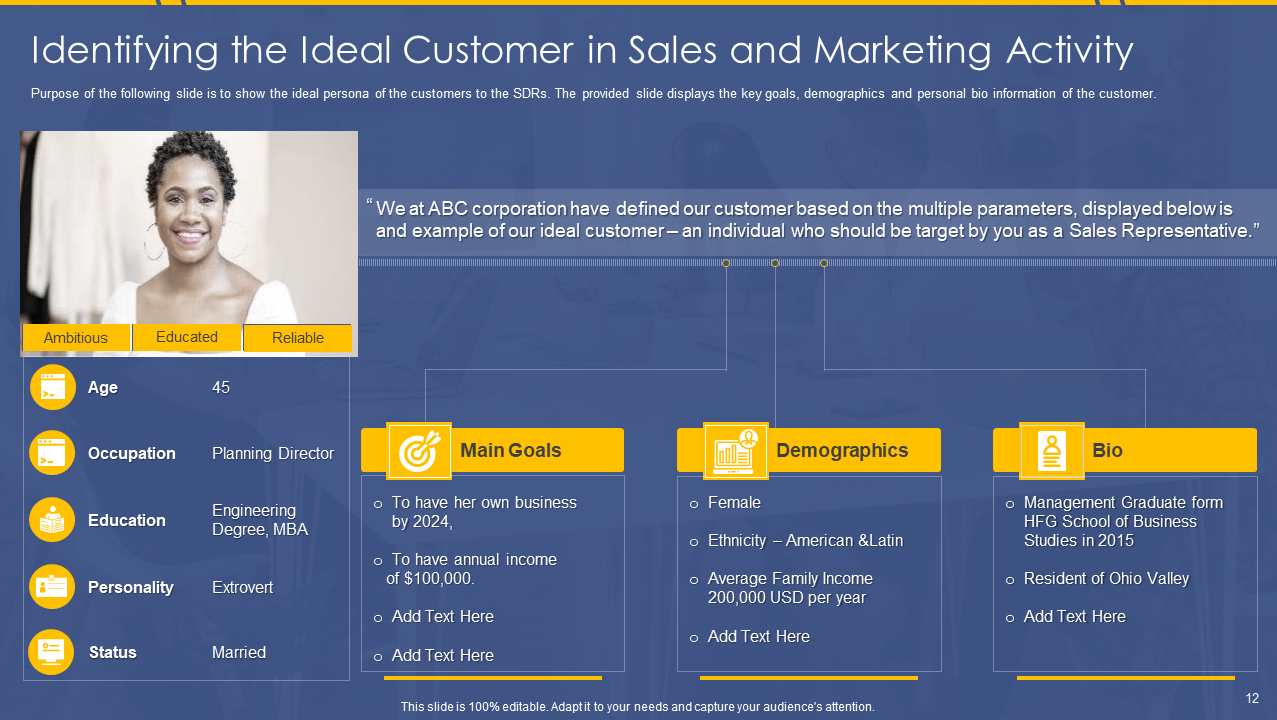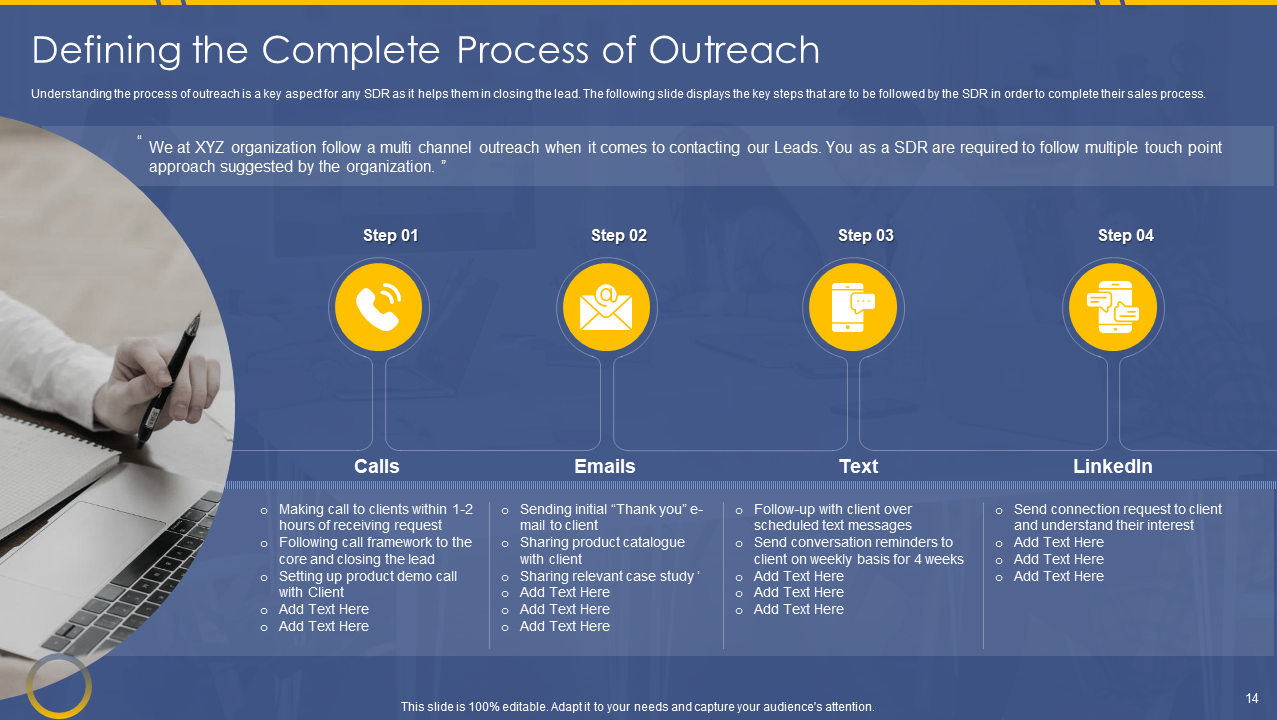The sales development team is the most critical part of a company's sales function. They are responsible for generating new leads, qualifying those leads, and getting them ready for your sales team. This is a lot of work, but it doesn't have to be all on one person's shoulders. Having a playbook for your sales development team can help make this process much more manageable.
A sales development playbook is a document that contains the best practices for a company's sales team. It can be used as a guide for new hires, or it can serve as a reference for sales representatives looking to improve their game.
The purpose of the playbook is to ensure that everyone in your organization is working from the same playbook. This will ensure that everyone has access to the same information, which can help them sell more effectively and efficiently.
An SDR playbook allows you to standardize what is taught across your entire sales team, ensuring consistency in how things are done and presented. It also ensures that everyone knows what they should be doing and what they should be talking about during their calls and meetings with prospects.
The SDR Playbook Should Include:
- Your target accounts and how you plan to approach them.
- Best practices for researching, qualifying, and engaging prospects.
- Metrics you should track, such as how many meetings you set up per week, how many emails you send per day, etc.
Why Having a Sales Development Playbook So Indispensable?
Sales development playbooks are effective because they provide a framework for reps to follow and focus on the right tasks.
Here are five perks of using a sales development playbook:
-
Helps You Align Your Team
Your playbook should be shared with all team members — from sales to marketing and everything in between — to see what's expected of them. This can help align their efforts with yours and ensure that they work toward the same goals.
-
Keeps Everyone on Track and Accountable
A well-designed sales playbook ensures that everyone on your team knows their responsibilities when they're due and who they should report back to if anything goes wrong. Suppose one person falls behind or misses an important deadline. In that case, everyone knows about it immediately instead of finding out months later when something goes wrong in the field or during a critical moment in the sales process.
-
Provides Visibility Into What's Working and What Isn't in Your Pipeline
Sales development plays a vital role in the sales funnel, but it's not always clear how to measure success in many organizations. A Sales Development Playbook provides a framework that helps everyone on your team understand what they're supposed to be doing, which makes it easier to understand where you stand at any given point in time.
-
Improves Communication Between Sales and Marketing Teams
One of the biggest challenges of integrating sales teams with marketing teams is communication. Sales teams often have difficulty understanding how marketing works, making it difficult to collaborate effectively with their marketing counterparts. A sales development playbook can help overcome this barrier by providing guidelines that both groups can use to communicate clearly. This will lead to better collaboration between sales and marketing teams, which will ultimately help improve your overall sales performance.
-
Helps You Track Progress Against Targets
A well-designed sales development playbook will also help you track progress against targets and identify areas where improvements can be made within your organization. By focusing on key metrics such as monthly goal attainment rates and conversion rates, you can ensure that your efforts are paying off financially. The playbook should also include a section outlining the best practices for engaging with prospects so that all team members can follow these guidelines when engaging with potential customers.
Best Sales Development Playbook Designed By SlideTeam
SlideTeam is a team of professional designers and developers who help our clients to create their sales pitches and other presentations.
We have a proven track record of creating high-converting templates for companies across different industries. Our team has years of experience in designing and developing sales playbooks, and this article will share our best-selling sales playbooks designed by SlideTeam. If you are an entrepreneur or a sales manager, this playbook will help you understand how the sales team works and the best practices to improve your performance. Read on as we look at the crucial slides included in this playbook.
Slide 1: The Cover
The cover slide is an introduction to the playbook. It includes a high-quality cover image along with highlighting the agenda of the playbook and the company name. Provide minimum details to overwhelm your audience with too much information at the first glance.
Download this PowerPoint Template Now
Slide 2: Purpose of the Sales Development Playbook
This slide tells your team why they need this playbook — and how it will help them achieve their goals. You can also briefly explain how this document works (e.g., how it organizes information) or how others have used it successfully.
Download this PowerPoint Template Now
Slide 3: Overview of the Playbook for SDRs
The overview of your playbook tells your audience what they can expect from reading this document and how it will benefit them or their role within the organization.
Download this PowerPoint Template Now
Slide 4: Introduction to the Organization
This slide is intended to briefly introduce your company, such as its mission, vision, and values. You can also include information such as when your company was founded, how many employees it has, and what industry it operates. You can also include links to social media channels and even a short video of someone from the company talking about what they do. This is an excellent way to impress potential customers by showing them that you have an established company with great products or services that people love.
Download this PowerPoint Template Now
Slide 5: Sales and Development Team Structure
This slide should show current sales teams in your company along with their titles, roles, and responsibilities, where they report, etc. It's also important to show any changes in these structures ahead of time so that SDRs know where they fit into all of this moving forward.
Download this PowerPoint Template Now
Slide 6: Onboarding Process and Training Plan for SDRs
This slide should highlight all of the training programs available for SDRs, including how long they last, who teaches them, what topics are covered during each session, etc.
Download this PowerPoint Template Now
Slide 7: Identifying the Ideal Customer in Sales and Marketing Activity
With the right data, you can identify your ideal customer. This slide shows how to plug in the right data points to create the ideal customer profile, and it also shows how to segment this profile based on commonalities and differences.
Download this PowerPoint Template Now
Slide 8: Defining the Complete Process of Outreach
This slide defines all steps of a sales outreach process. The focus here is defining each step of a process, including who does what, when, where, and why. This slide also defines which activities are done manually and which ones are automated.
Download this PowerPoint Template Now
Slide 9: Defining the Sales Team Touch Points
This slide defines which touchpoints of sales and marketing. It also defines who owns each touchpoint and why it's important for that person to own it!
Download this PowerPoint Template Now
Slide 10: Call Framework for Sales Development Representative
This slide is a framework that helps your sales development reps know what to say and when to say it, based on the stage of the buying process. Use it as an outline for every phone call.
This slide is a framework that helps your sales development reps know what to say and when to say it, based on the stage of the buying process. It should be used as an outline for every phone call.
Download this PowerPoint Template Now
Slide 11: Overview of our CRM Software
An overview of your CRM software toolset, including key features and functionality, can also be helpful for new hires who aren't familiar with the software yet.

Download this PowerPoint Template Now
Slide 12: KPIs for Business Development Representative
This slide shows the key performance indicators (KPIs) for business development reps. It includes a few important metrics in the SDR role, such as the number of appointments held and closed, number of meetings with executives, number of calls made, and messages sent. You can also add
other metrics specific to your team — such as the number of emails sent or follow-ups to leads.

Download this PowerPoint Template Now
Slide 13: Creating a Sales or Lead Battle Card
This slide shows how to create a sales battle card to track your progress with each lead. It may include information about the business development rep assigned to the account and the stage they're in.

Download this PowerPoint Template Now
Download this Sales Development Playbook (SDR)
It's no secret that sales development professionals are vital to the success of any B2B company. Without a strong SDR team, companies struggle to attract and engage prospects, ultimately hurting revenue.
So how do you build a winning SDR program?
The first step is to create an effective playbook that outlines everything from your hiring process to onboarding new hires. This playbook should also include tips on training your new reps properly and promoting them within the team.





 Customer Reviews
Customer Reviews

























